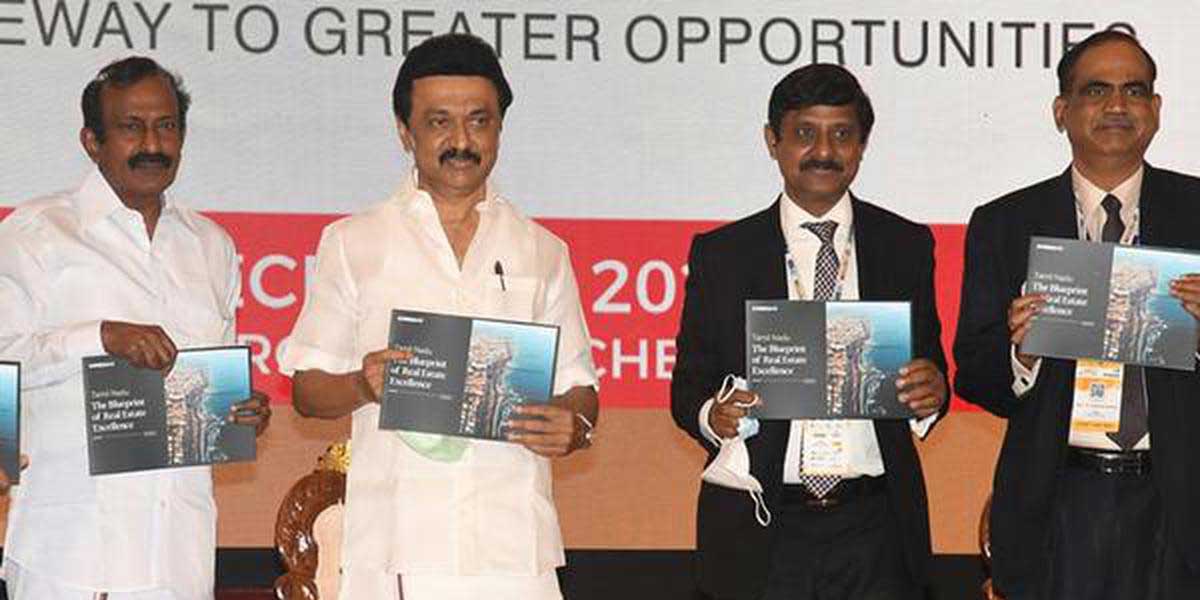“Urban planning and development (will) play a role in shaping Chennai’s future to become a global city,”
3rd Master Plan for Chennai will be ready by December 2025
Chennai, at 23,000, lags behind other cities in housing units. A significant challenge remains in addressing the city’s housing supply and city growth, said Mishra, Member Secretary, Chennai Metropolitan Development Authority (CMDA).
Currently, Chennai annually produces 22,000 to 23,000 dwelling units. This is far below from cities like Hyderabad and Bengaluru that generate 80,000 units, while Mumbai stands at 1.25 lakh units.
However, the demand for housing in Chennai is steadily growing. To meet demands of its growing population, Chennai must tackle the issues of housing shortage and rising cost of living. The potential solutions include unlocking land potential, utilising the floor space index tool, and providing processed land at cheaper rates to encourage development and improve the availability of affordable housing, he said at the CII organised Infra Summit with the theme: “Making Chennai a World Class Destination”.

The Master Plan will include a comprehensive economic growth strategy covering the entire metropolitan area. This plan focuses on addressing the special distribution of industries, housing, and amenities to ensure balanced growth and optimise the use of available land.
Key infrastructure projects such as the Kilambakkam bus terminus, shoreline development, and lake-front development are part of this vision to enhance urban spaces and increase the city’s livability.
The Master Plan will be an evidence-based one. The 26 studies include sustainable economic growth strategies; spatial distribution of income and employment; land value and density study; flood mapping; climate action plan; open space study; gender sensitive planning; infrastructure requirement study and blue-green infrastructure requirement.
Globally, the norm is to go vertical. Horizontal is definitely a very negative thing not only from a transportation point of view, but from the larger environmental point of view. For example, there will be more vehicles on the road leading to more pollution and climate-related issues. Housing affordability will become a big problem. Even availability of office space will be a big challenge, he said.
Chennai annually produces 22,000 to 23,000 dwelling units. This is far below than what cities like Hyderabad and Bengaluru generate – 80,000 units – while Mumbai stands at a distant aim of 1.25 lakh units. However, the demand for housing in Chennai is steadily growing. To meet the demands of its growing population, Chennai must tackle the issues of housing shortages and rising costs of living.
“We expect the Master Plan to be ready by December 2025.

